By Leah S. Dunaief

We seem to be living at a higher level of anxiety. Maybe not all of us. Somewhere there might be one or two souls who are still calmly oblivious to the world around us. Those are the ones who have turned off their televisions and radios, who don’t read newspapers and have put away their cellphones. But from conversations I have had, that’s not the rest of us. The rest of us are quietly, or not so quietly concerned.
What’s wrong? Let’s make a list. Better yet, let’s not. Instead, let’s think about how to cope.
One way to start is to divide what troubles us into two lists: those we can do something about and those we cannot. Then concentrate on the former. When confronted with hate, we can respond with kindness. We can listen rather than scream. We can do our tiny bit to help make our neighborhood a better place.
A psychotherapist I was interviewing recently told me she instructs her anxious clients to concentrate on their breathing, taking deep breaths for ten minutes to calm the body. The usual trio of eating, sleeping and exercising properly are critically important to maintain. Meditation, and even aromatherapy may also help.
Specifically:
Exercise regularly. It’s good for both body and mind. One recent study revealed that “people with physically active lifestyles had about 60 percent lower risk of developing anxiety disorders,” according to healthline. This study was done over 21 years and followed 400,000 participants.
How does exercise work? For one, it provides a distraction from whatever is worrying. Also, getting the heart rate up changes brain chemistry, encouraging the secretion of anti-anxiety brain messengers like serotonin and gamma-aminobutyric acid (GABA). According to the American Psychological Association, “regular exercise leads to an enhancement of concentration and willpower, which can help certain anxiety symptoms.”
Plus you feel good, especially when you stop. Walking is the simplest and perhaps most enjoyable way to exercise, particularly at this time of year, when it is not too hot nor too cold, and the changing colors of the foliage are a delight.
Eating a balanced diet, and eating it calmly, is important. Low blood sugar levels, dehydration and chemicals in processed foods, such as artificial flavorings, artificial coloring and preservatives can cause mood changes. A high-sugar diet can also have a negative reaction. So what should we eat? Fruits and vegetables, especially those leafy dark green ones rather than those high in starch, are ideal. After that, complex carbohydrates and beans, are a good source of nutrition. I happen to like fish, the white fleshy kind like sea bass, rather than lean meat, for animal protein. But remember, there is plenty of protein in veggies and beans.
Sleep is so important. A good night’s sleep leaves me feeling as if, the next day, I could “leap tall buildings at a single bound,” to borrow from the Superman tagline. Ah, but how to get a good night’s sleep? I am a good sleeper, and I will tell you what I do—most of the time.
I don’t watch television or use my computer or cellphone before going to bed. Something about that blue light wakes me up. I don’t even have those in my bedroom. I will sometimes read a bit, but not a page turner. My room is the coolest in the house, and I will frequently have the window open, even a tiny bit, in winter. I know that going to bed the same time each night is recommended, though I don’t always follow that advice. Also no alcohol before bedtime is also advised. It helps put me to sleep but I will be wide awake when the alcohol wears off in the middle of the night. And, I invested in a comfy down comforter years ago that, with its plushness, invites me into bed.
Better not to nap during the day, and that leaves me sufficiently tired by bedtime, especially if I have exercised. At least, it should. If it doesn’t, I will empty my thoughts onto a list, put the pad on the bedside table, then doze off.

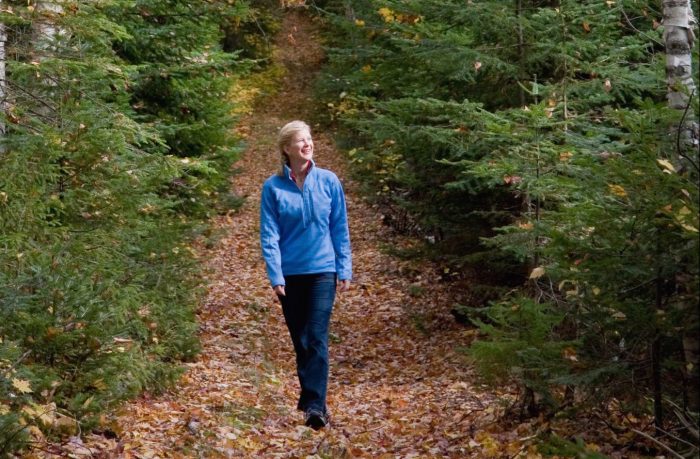

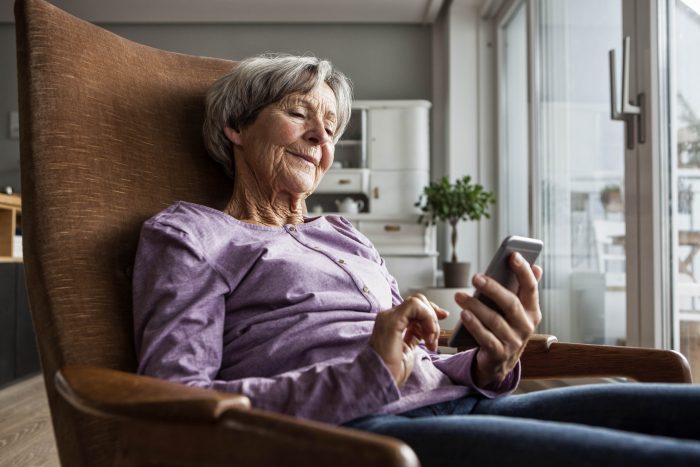
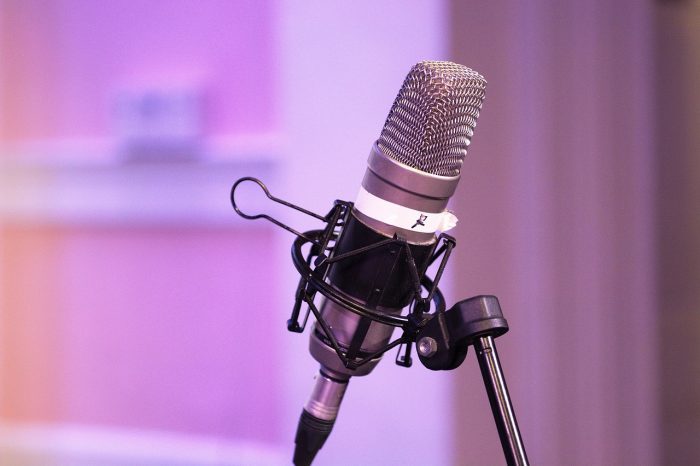

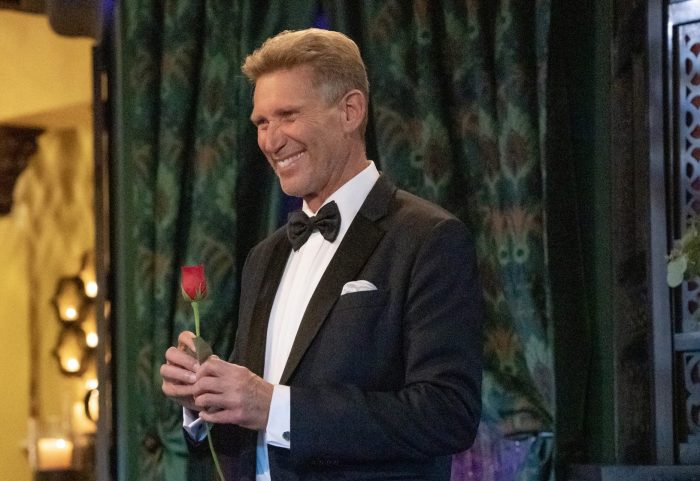
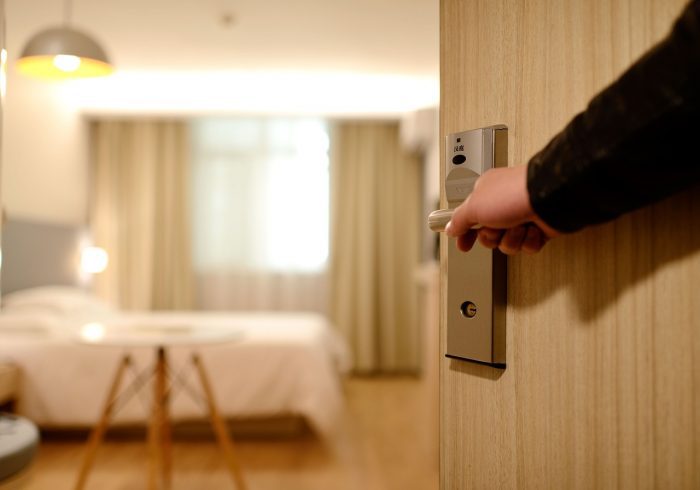
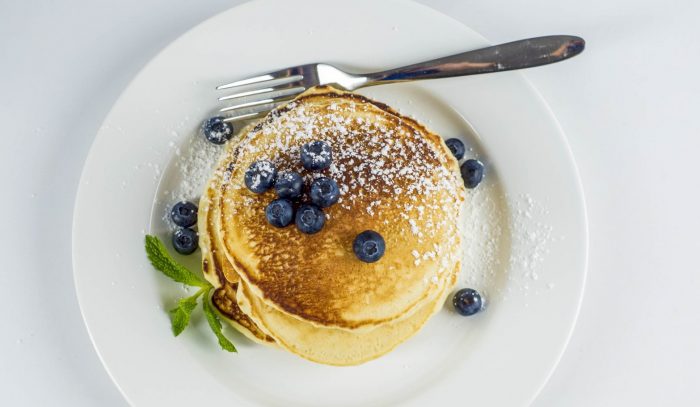
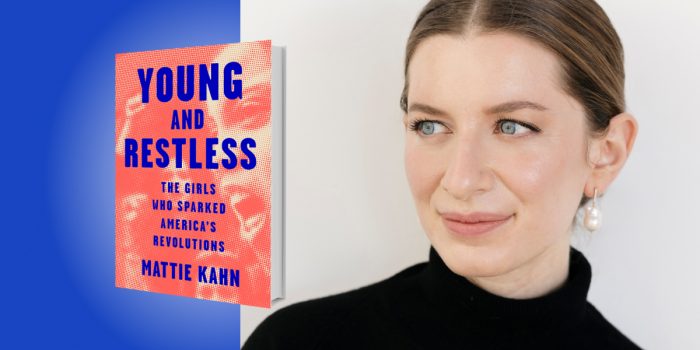
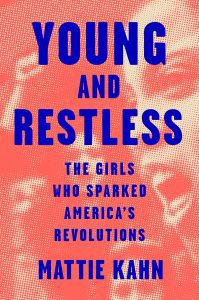 The book tells stories of many more such young women—girls really—protesting in different circumstances. “There’s Mabel Ping-Hua Lee, who led 17,000 people up New York City’s Fifth Avenue on horseback in the 1912 march for women’s suffrage.” Anna Elizabeth Dickenson was an abolitionist orator in her teens and became the first woman to address the House of Representatives. Heather Tobis (Booth) at 19, “founded the legendary abortion referral service Jane out of her dorm room. Clyde Marie Perry, 17, and Emma Jean Wilson, 14, integrated their Granada, Mississippi schools in 1966 and then successfully sued to stop expulsions of pregnant students like themselves.”
The book tells stories of many more such young women—girls really—protesting in different circumstances. “There’s Mabel Ping-Hua Lee, who led 17,000 people up New York City’s Fifth Avenue on horseback in the 1912 march for women’s suffrage.” Anna Elizabeth Dickenson was an abolitionist orator in her teens and became the first woman to address the House of Representatives. Heather Tobis (Booth) at 19, “founded the legendary abortion referral service Jane out of her dorm room. Clyde Marie Perry, 17, and Emma Jean Wilson, 14, integrated their Granada, Mississippi schools in 1966 and then successfully sued to stop expulsions of pregnant students like themselves.”



